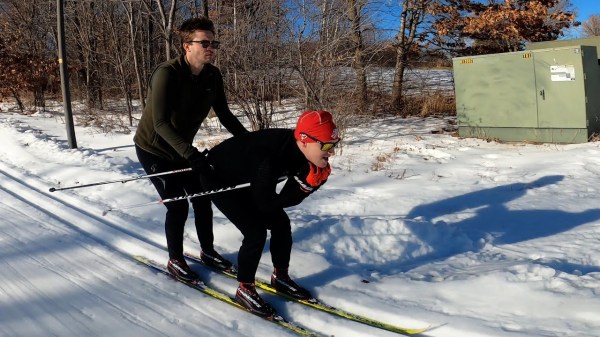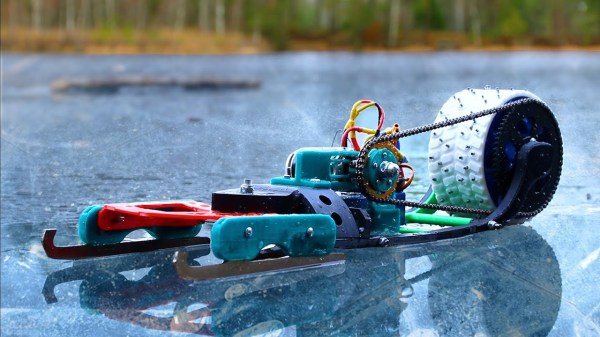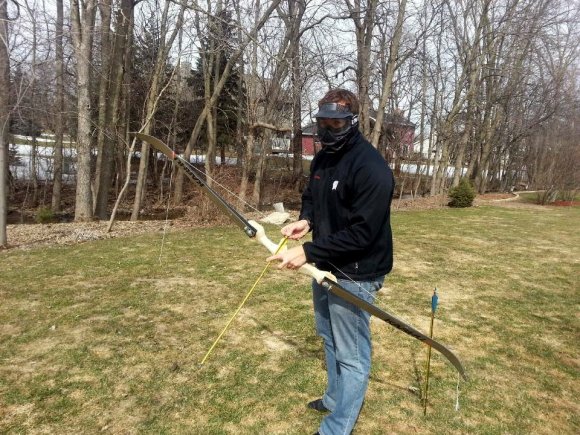The American Birkebeiner is the second largest cross-country skiing race in the world and is quite a big deal within that sport. At 55 kilometers it’s not a short event, either, requiring a significant amount of training to even complete, let alone perform well enough to be competitive. Around a decade ago, friends [Joe] and [Chris] ran afoul of the rules when [Joe] accidentally won the race wearing [Chris]’s assigned entry number, a technicality that resulted in both being banned from the race for two years. Now they’re back, having learned their lesson, and are strictly adhering to those rules this time using these tandem cross-country skis.
The idea for this build was to make sure they could both compete in the race and win because they’d compete in a category no one enters, mostly because it effectively didn’t exist before these two invented it. This required a custom set of skis, but since ski manufacturers don’t typically make skis for two people, they had to get creative. The duo picked up the longest pair of skis they could find at their local ski shop, moving the bindings forward on the skis to make room for the second set of bindings that were added to the back.
This presented a few unique challenges, the first of which is that cross-country skis typically use a special material on the bottom of the skis which grabs the snow to make uphill travel possible, and with the wider distribution of weight this material wasn’t functioning at peak efficiency. The other problem was the stress on the bindings caused by two riders, especially during a crash. This eventually resulted in a broken binding while [Joe] and [Chris] were training. They then upgraded to a more modern pair of skis rated for a single 269-pound rider, had the bindings fitted for two riders, and added a special grip tape over the larger area on the bottom of the ski.
After four months of training and getting in sync, the two were ready for the race. The results are covered in a second video linked below, and while neither of them won the overall race this time, they did finish the event with in-tact skis, first in the new “tandem” class, and completely within the bounds of the strict rules of the race as well. Although winter is winding down in the northern hemisphere, for any of our southern friends looking for some other things to do with an old set of skis for the upcoming winter season, take a look at this sled which adapts some alpine skis to achieve some extremely high speeds.














